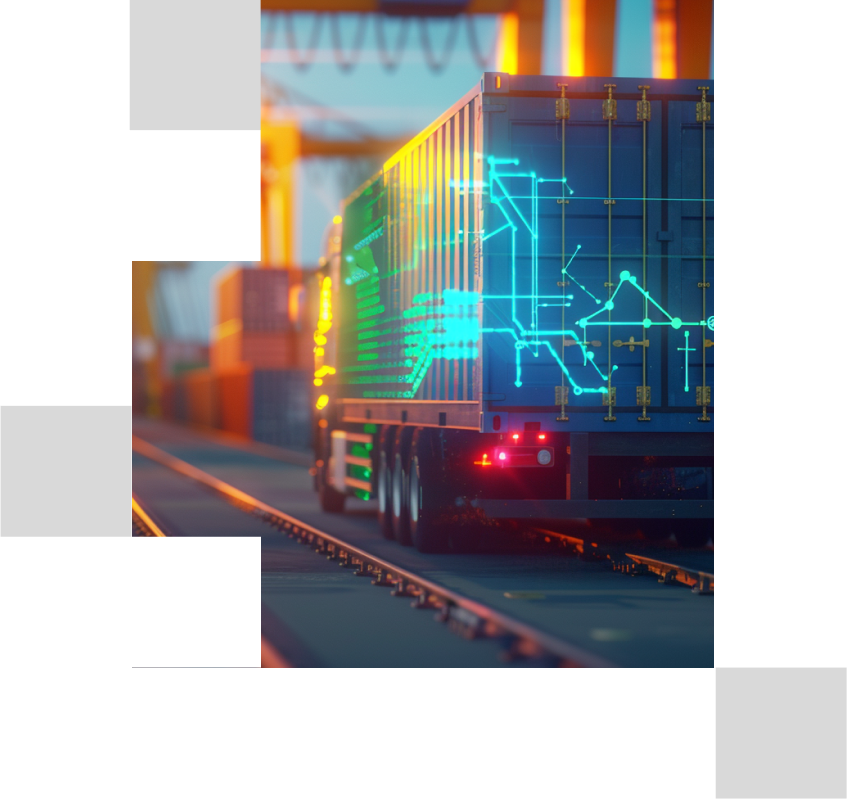24/7/365 Escalation Center
Contguard’s operational
control center
Contguard’s operational control center is staffed by skilled professionals who proactively escalate pertinent issues that may arise during a shipment – such as container breaches, significant temperature fluctuations, or deviations from planned routes – directly to your focal point.
The expertise and training of our control center team equip them with the capability to interpret data effectively and identify potential issues. Their constant availability enables swift real-time responses when necessary.
Our control center Team operates with specific protocols in place. In the event of a security or quality assurance-related incident at a specific location, our team promptly alerts the relevant personnel within your organization, empowering them to take preventative actions.
Additionally, our team undergoes rigorous training to monitor critical shipments and escalate promptly in case of significant route deviations.
The Control Center holds ISO 9001 for Quality Management Systems (QMS) certification, ensuring consistent quality in products and services, as well as continuous improvement in its processes.




